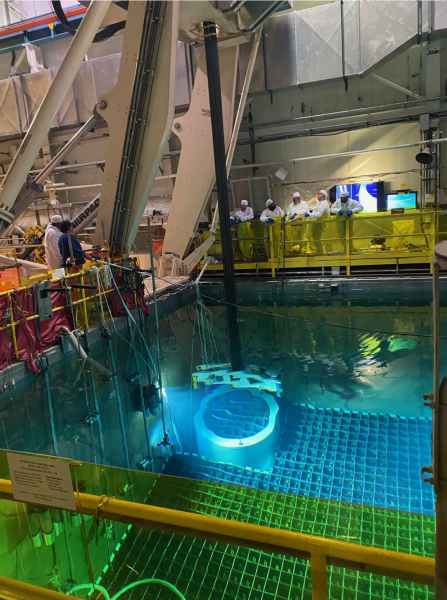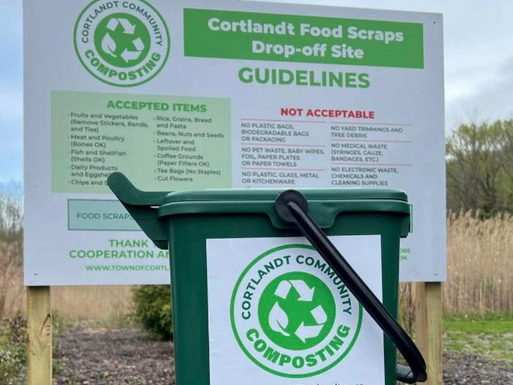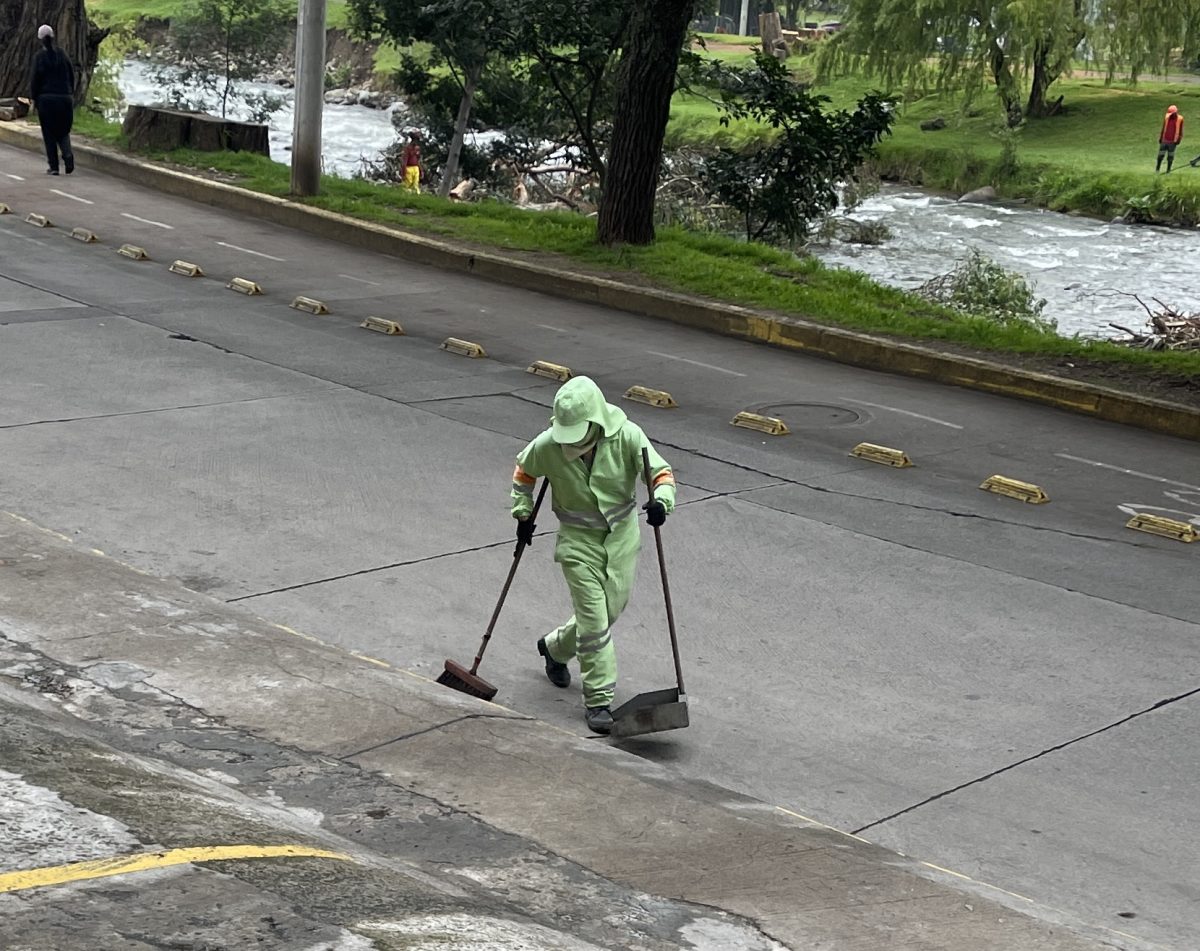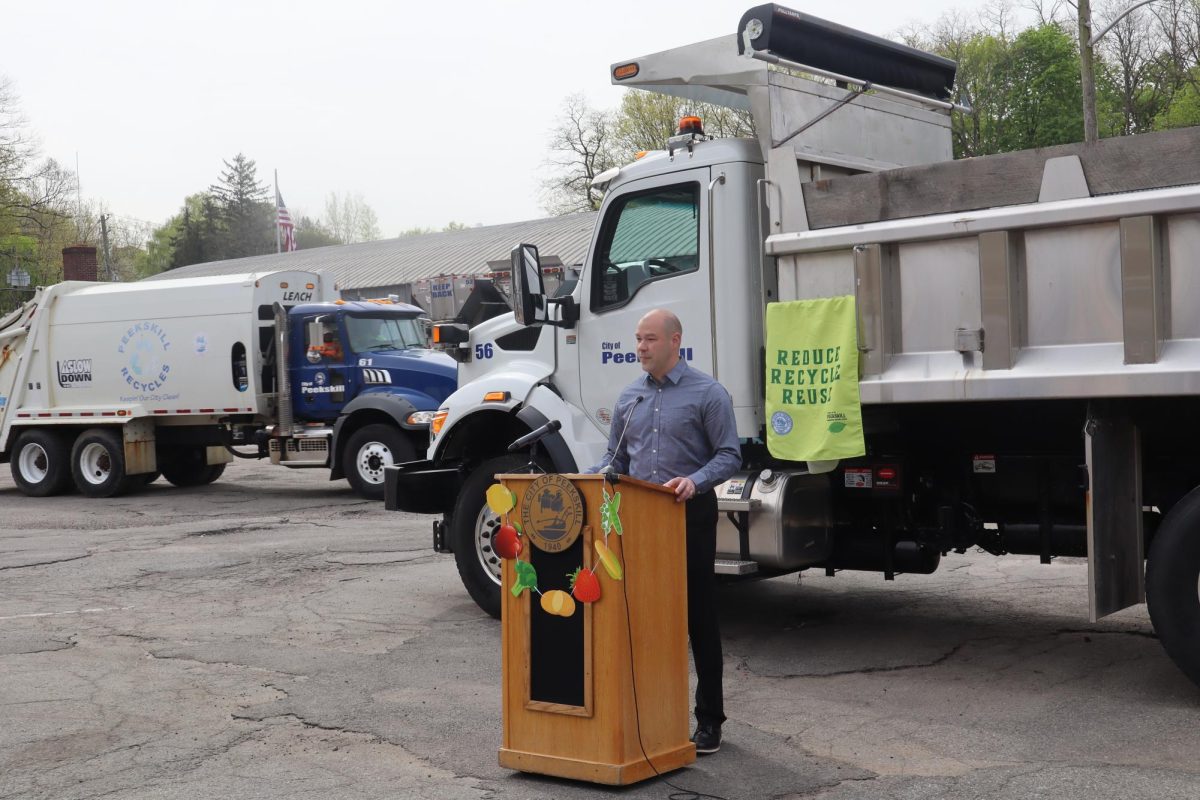A whistleblower report from a Holtec worker at the Pilgrim Nuclear Power Plant in Massachusetts released earlier this week is one of the reasons why environmental activists are requesting Governor Hochul and other elected officials to pivot to a state-led waste management process for the Indian Point nuclear power plant in Buchanan. During a video press conference Wednesday, parts of the two-page report were shared with the public.
The whistleblower letter states that Holtec staff decommissioning the Plymouth, Massachusetts plant “were directed to install evaporators…and boil away the water volume. The heating elements raise the temperature of the contaminated water to… approximately 117º F. The evaporated water is then discharged…as an airborne release to the environment.”
This is especially relevant to the decommissioning of the Indian Point Nuclear Power plant since Gov. Hochul signed into law on Friday, August 18th a bill prohibiting the discharging of any radiological substance into the Hudson River in connection with the decommissioning of a nuclear power plant. In Massachusetts, Holtec was denied a permit request to discharge millions of gallons of tritium-tainted water into Cape Cod Bay.

“We are calling on our Department of Environmental Conservation (DEC) and Department of Health (DOH) to do an immediate onsite investigation of the Holtec Indian Point site. If these allegations are true at Pilgrim, we just want to make sure Holtec is not doing a similar thing at our site,” said Anne Rabe, Environmental Policy Director of the New York Public Interest Research Group (NYPIRG).
A letter from 300 organizations, elected officials, and residents was sent to the governor, attorney general, and commissioners of the Departments of Environmental Conservation, Health and Public Service on Wednesday. The letter spelled out state-led actions that can begin addressing pollution from the Indian Point reactors, applying right to know and good government practices with adequate public involvement.
The letter describes an overlooked pathway for New York State to legally, without federal preemption, address pollution from the Indian Point nuclear power plant.
This avenue comes to light from a newly discovered state Department of Health comprehensive baseline study from 1958 examining the ecosystem of the Hudson River. The baseline study, the first one of its kind in the country undertaken by a state agency, was conducted before Indian Point started operating. It tested fish, wildlife, cow’s milk, rabbit thyroid, soil, sediment, air, water within a 20 mile radius of the plant in Buchanan. The letter calls on the state Department of Health to immediately undertake a comprehensive study of the current ecosystem to determine if there has been pollution from the plant.
“This is a critical moment to look at whether there’s any pollution from past discharge or spills from the plant that operated for 59 years,” said Rabe.
The letter also calls on the state to implement a robust waste management on-site storage process with full public participation, now that it is illegal for Holtec to discharge the tritium contaminated water into the Hudson River.
According to Rabe, the first task for isolating the radioactive wastewater from the environment is to move it away from the river to an above ground facility. She said that the state needs to conduct comprehensive testing of the wastewater at an independent laboratory with detection level capability. “At the Pilgrim reactor, in doing wastewater testing, they found PFAS, the forever chemical and other toxic chemicals.”
She noted that a wastewater management process is standard operating procedure for addressing pollution by a suspected or known polluter under state and federal agencies, and for the suspected or known polluter to pay for testing and oversight by the state to make sure it’s done correctly. She referenced two cases where New York State has championed on site storage: at West Valley, a former nuclear waste reprocessing facility 35 miles south of Buffalo in 2008; and in the 1990’s the state passed an onsite storage bill in relation to low level nuclear waste.
The river is not a sewer
“The age of nuclear power is winding down, but the age of nuclear waste is just beginning,” said Dr. Gordon Edwards of the Canadian Committee for Nuclear Responsibility and an international expert on nuclear energy and waste during Wednesday’s press conference.

“It is a toxic legacy that will last for a hundred thousand years and more, because no one knows how to turn off radioactivity. The only thing we can do is keep it out of the environment. Keep it out of the food we eat, the water we drink, and the air we breathe, Edwards continued.
In his remarks, Edwards referenced the 1.3 million metric tons of radioactive water that Japan was set to release on Thursday into the Pacific Ocean. The water in Japan comes from the triple meltdown at the Fukushima nuclear power plant 12 years ago.
The dumping is vehemently opposed by Japanese fishermen, the governments of South Korea, China, and several Pacific Island nations, as well as many independent scientists. Japan is planning on dumping it over a period of 30 years.
“Like Holtec, the Japanese are unable to remove the tritium from the wastewater. So what is happening at Indian Point is part of a global pattern. Industry wants to rid itself of the responsibility of looking after at least some of the more voluminous toxic wastes that it has created.”

Edwards went on to explain that “evaporation of tritium-contaminated water (called “tritiated water”) results in airborne radioactive water vapor. When it condenses, it comes back to earth as radioactive dew drops, or radioactive rain drops, or radioactive snow flakes. Meanwhile, breathing in radioactive water vapor is much more biologically damaging than drinking radioactive water or eating food with organically bound tritium. So evaporation is no solution.”
Edwards, who is Canadian, explained that in his county and other countries, large volumes of tritium-contaminated water are stored for years at a time in stainless steel drums, carefully sealed to prevent evaporation.
The International Atomic Energy Agency notes that stainless steel drums (unlike standard carbon steel drums) can last more than 100 years before being replaced. In that time, over 99 percent of the tritium atoms will have disintegrated harmlessly inside those containers. Other containers can also be used, such as rubber bladders. One of the best containers that can be used is thick glass.
“There is no reason why the Indian Point tritiated water could not be stored for a century or more rather than dumping it into the Hudson River,” remarked Edwards. “A river is not a radioactive waste facility, nor should it be treated as a radioactive sewer.”





















